|
|
|
|
|
|
|
AN OVERVIEW |
|
|
|
|
|
|
|
|
|
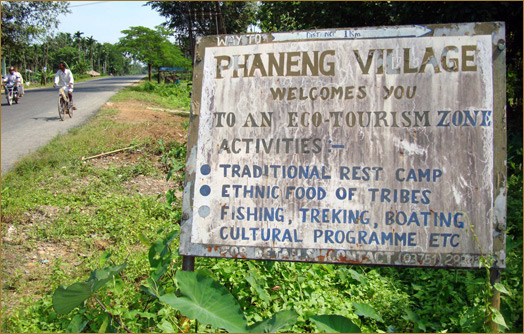 |
|
|
|
|
|
|
|
|
|
The village of Phaneng is located in Tin Sukia district in the eastern most corner of the state of Assam, India. Nestled between the cloistered Patkai rainforest range and the Tirap River, this small hamlet is home to approximately 150 people of the Tai Phake tribe. Phaneng has no metalled roads, running water or electricity. The people of the village sustain themselves through agriculture and producing handicrafts and weaving handloom textiles. Some members also venture out of the village for work.
http://en.wikipedia.org/wiki/Patkai_Range
http://en.wikipedia.org/wiki/Tinsukia_district |
|
|
|
|
|
|
|
|
|
|
|
|
|
|
|
THE PEOPLE |
|
|
|
|
|
|
|
|
|
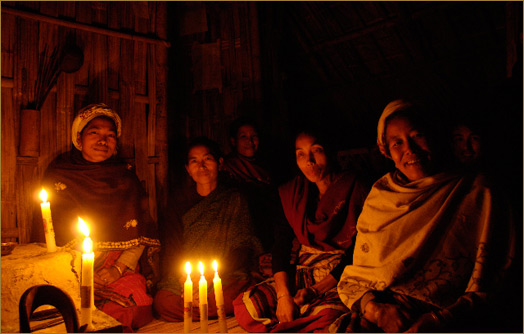 |
|
|
|
|
|
|
|
|
|
The Tai Phake tribe is a Buddhist tribal group that migrated into present day India from Thailand/Burma in the eighteenth century. The tribe has its distinct culture and customs. Due to a variety of factors, the tribe today consists of a mere 1500 members, scattered in Phaneng and other small villages in the states of Assam and Arunachal Pradesh in northeast India. Unbeknownst to the rest of the world, this tribal group is nearing extinction today for no fault of its own.
http://en.wikipedia.org/wiki/Phake |
|
|
|
|
|
|
|
|
|
|
|
|
|
|
|
DEVELOPMENTAL PROJECTS |
|
|
|
|
|
|
|
|
|
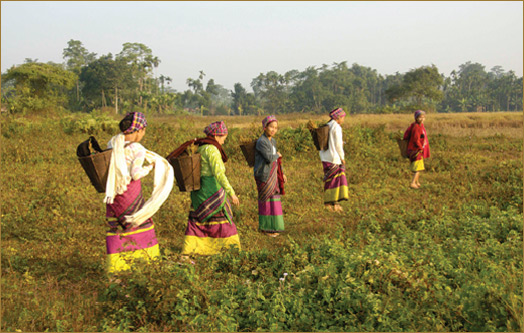 |
|
|
|
|
|
|
|
|
|
Phaneng’s Eco Tourism project was initiated in 2005. The project was made possible by a variety of contributors from different parts of the world. The villagers donated community land to host it and provided voluntary labour for the construction. Assam government’s Department of Forests became involved in the project as a Joint Forest Management (JFM) project in which local communities are involved in sustainable activities that raise incomes as well as protect forest resources. A British multi-national company operating in Assam provided the initial seed money through its Corporate Social Responsibility (CSR) programme. An Indian forest officer trained the village’s youngsters about their nearby forest’s flora and fauna, so that they could work as tourist guides. A professional tour operator from the Punjab came and trained the villagers about running the hospitality facilities along professional lines. An American public policy specialist managed the entire process from start to finish including getting the very first guests from far away countries like Belgium and the U.S.
The project was completed and opened to guests in January 2006. It comprises of series of bamboo cottages built on stilts and in local style, using local materials. The project however includes modern bathrooms and solar powered lamps. The cottages can accommodate 12 guests at one time. Although eco-tourism has become a common catchword in the tourism sector today, it probably fits Phaneng the best. All personnel of the Phaneng eco tourist lodge, whether the people running the front desk, the ones taking the luggage, the housekeepers, the cleaners, the people working in the kitchen and the tourist guides from the bookings, are Phaneng villagers. The villagers have equal stake in the success of the project and the profits from the facility are shared equally.
|
|
|
|
|
|
|
|
|
|
|
|
|
|
|
|
GETTING THERE |
|
|
|
|
|
|
|
|
|
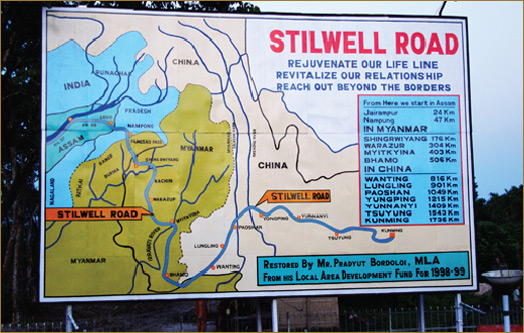 |
|
|
|
|
|
|
|
|
|
Phaneng is located 124 kms from Dibrugarh in Assam. There are daily flights from Delhi and Kolkata (Calcutta) to Dibrugarh. Taxis are available (or can be arranged) at the airport that take you to Tinsukia district. Driving on the National Highway-37 in Tinsukia, one would pass places called Digboi, Margherita and Lido, before driving further on the historic Stillwell road. A detour from the road and along a dirt track would take the visitor to Tirap River. In off-season, it is possible to walk or drive across the river, at other times it is best to be ferried across by boat. Once across, a walk of half a kilometer would get you to Phaneng village. The drive from the airport to the detour point would take about three and half hours and the rest would take no more than twenty minutes. The best time to visit would be between October to March.
http://en.wikipedia.org/wiki/Dibrugarh
http://en.wikipedia.org/wiki/Tinsukia_district
http://en.wikipedia.org/wiki/Digboi
http://en.wikipedia.org/wiki/Margherita,_Assam
http://en.wikipedia.org/wiki/Stilwell_Road
|
|
|
|
|
|
|
|
|
|
|
|
|
|
|
|
LOCAL ATTRACTIONS |
|
|
|
|
|
|
|
|
|
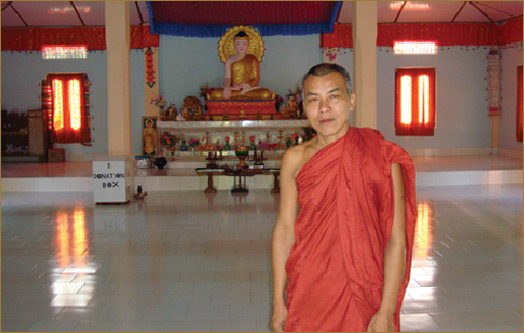 |
|
|
|
|
|
|
|
|
|
Stilwell Road
The northeastern region of India was a major theatre of battle during World War II. It was here that Allied troops stopped the Japanese onslaught. Stilwell road was built during the same war to connect the northeast of India to Southwest China, after the Japanese pushed the British out of most of Burma and cut off the Burma Road. The route had once been part of the ancient Southern Silk Route and the commercial lifeline of the ethnic communities living along its way. However, Government of India, citing security reasons, closed the road in the 1960s. Today the route that lies in Assam is slowly being revived, primarily to facilitate coal mining in the region. It continues to be one of the attractions for foreign tourists visiting the region.
http://en.wikipedia.org/wiki/Stilwell_Road
Dehing Patkai Tribal Festival
The Indian state of Assam has one of the most diverse sets of tribal groups in the country, each with its unique traditions, rituals and culture. With modernization and globalization, a lot of this cultural diversity is being lost and often members of the younger generation have little idea of their own unique heritage. The Dehing Patkai festival was started by government of Assam to showcase this culture to the people of Assam as well as visitors from outside, thus help its promotion and preservation. The annual festival takes place in January over the course of three days at a permanent venue in Tin Sukia district and comprises of a variety of cultural events. Stalls are also set up to sell handicrafts and other local products.
Dibrugarh
This city is the largest tea-producing centre of Assam. In addition to its tea gardens, Dibrugarh offers many colonial era tea estates and public buildings that would interest visitors.
http://en.wikipedia.org/wiki/Dibrugarh
Digboi
Digboi is the first oil town of Asia, where oil well was drilled commercially in September 1889. The town boasts of the world’s oldest operating oil refinery that was commissioned in 1901. A splendid museum with the history of the oil industry in India is located here.
http://en.wikipedia.org/wiki/Digboi |
|
|
|
|
|
|
|
|
|
|
|
|
|
|
|
|
|
|
|
|
